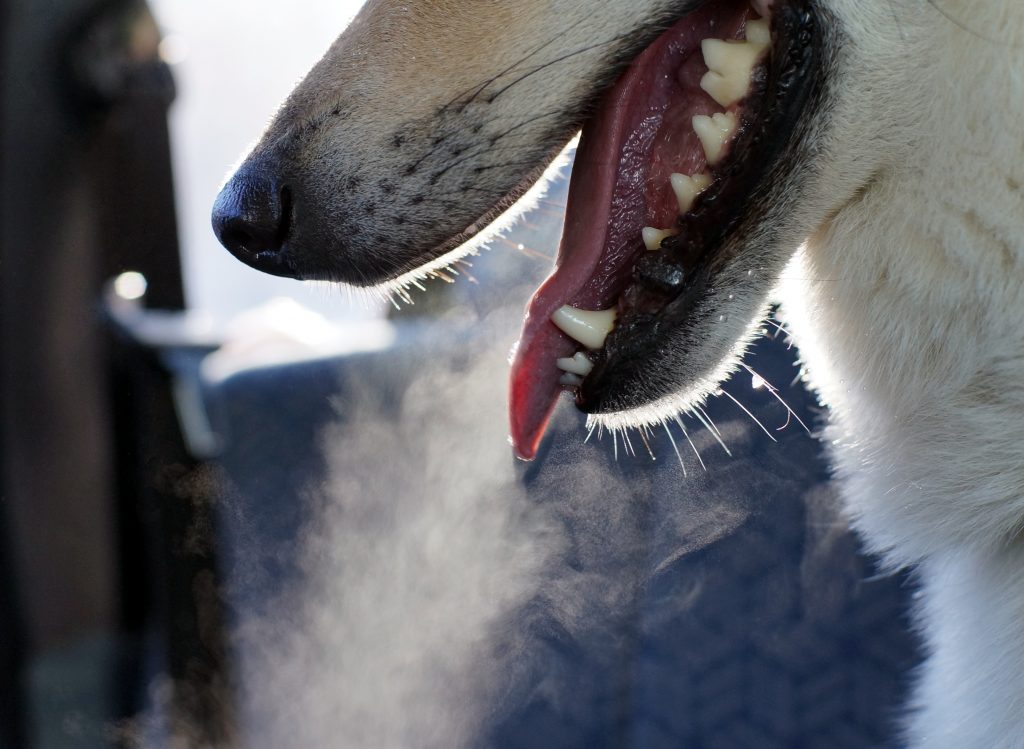Lone Tree Veterinary Medical Center
“We believe that all pets deserve to have a good life.”
Read Our Blog!
Dog Bad Breath and Dental Disease
You may enjoy your dog’s affectionate kisses when you get home—until bad breath makes them less pleasant. But is it normal for a dog’s breath to smell bad? Answer is no.
Bad dog breath can be a sign of various health issues. Identifying the cause is the first step in treating both the odor and the underlying condition.
Continued...
